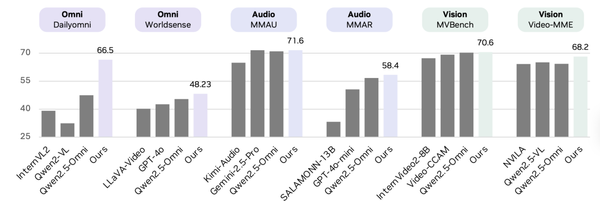Thunderbird Air 4 Pro Review: What’s It Like Wearing a TV on Your Head?

First Weekend with the Thunderbird Air 4 Pro
On my first weekend with the Thunderbird Air 4 Pro, I spent two hours playing The Legend of Zelda on a high-speed train.
Using AR glasses for gaming is one of the most basic yet most compelling scenarios for such devices. My reason for choosing the Air 4 Pro was straightforward:
- Among mobile large-screen solutions compatible with the Switch 2
- It’s the cheapest and most convenient option
In recent years, AR + AI + smart glasses have been hyped as the next big tech leap — potentially on par with the scale of computers or smartphones. But devices like the Vision Pro and Meta Ray-Ban Display have proven that we’re still far from having an affordable, practical, AI-powered pair of glasses.

The Thunderbird Air 4 Pro stands out as one of the rare movie-focused AR glasses that doesn’t require you to lower your expectations.
- Price: 1,699 RMB
- Features: HDR10, 120Hz refresh rate, and B&O-tuned audio
Within the mobile large-screen niche, Thunderbird has checked all the right boxes at a competitive price — making “wearing a TV on your head” feel genuinely real.
---
Wearing a TV on Your Head — How Does It Feel?
Picture Quality
For AR glasses, the challenge is often not resolution, but dynamic range and color performance.
Even with mainstream 1080P resolution, poor color accuracy and brightness make movies and games look flat. The Air 4 Pro’s HDR10 support immediately boosts visual appeal — HDR games are simply more enjoyable.
Thunderbird leverages its TV industry expertise with a built-in picture-quality processor that can convert SDR content to HDR for richer output.
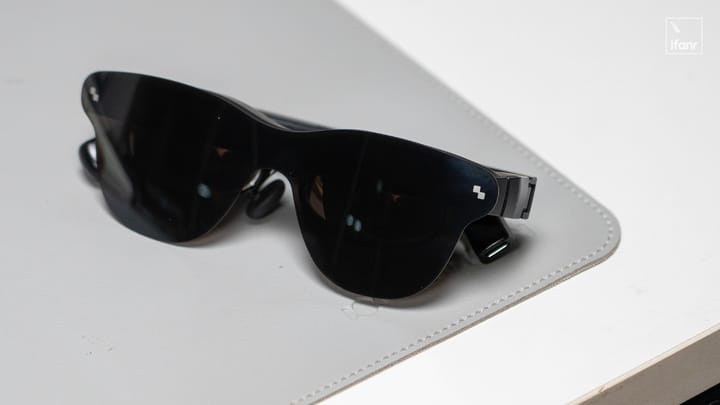
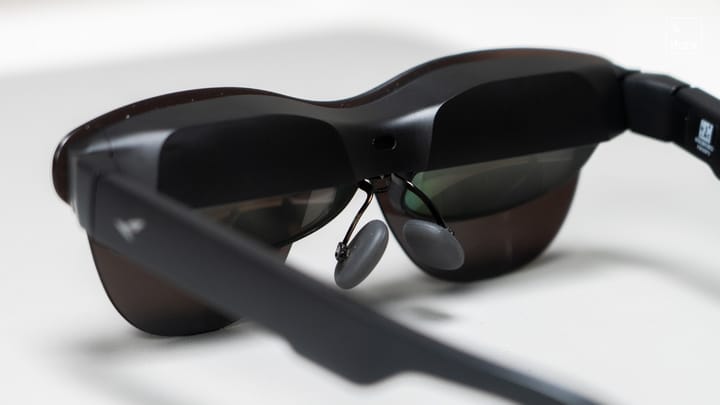
Design & Comfort
The Air 4 series continues an ultra-thin design that actually looks wearable.
- Slim optics module
- Modern, non-bulky form
Drawback: The lenses are thin and lack photochromic coating — meaning in darker scenes, some external light can leak through even at max brightness.
Solution: Use a light-blocking cover for better immersion.

Sound Performance
Equipped with:
- Four-speaker system
- Dedicated DAC chip
- B&O tuning
Pros:
- Surround-like sound
- Minimal audio leakage
- Adequate for quiet environments
Cons:
- Not exceptional in noisy settings — better to use noise-canceling headphones on trains or planes
---
A Second Screen for Handheld Gamers
Over the past two years, folding-screen smartphones and AR large-screen glasses have eliminated my need for a tablet. For handheld gaming, the Air 4 Pro brings tangible benefits:

1. Immersion
My Steam Deck’s LCD is just “good enough” — the Air 4 Pro offers:
- Larger display
- Higher resolution & refresh rate
- HDR support
Result: Near-TV-level immersion even on the go.
2. Portability
Portable monitors need stands or mounts — AR glasses let you play in any position, even in cramped spaces like train seats.
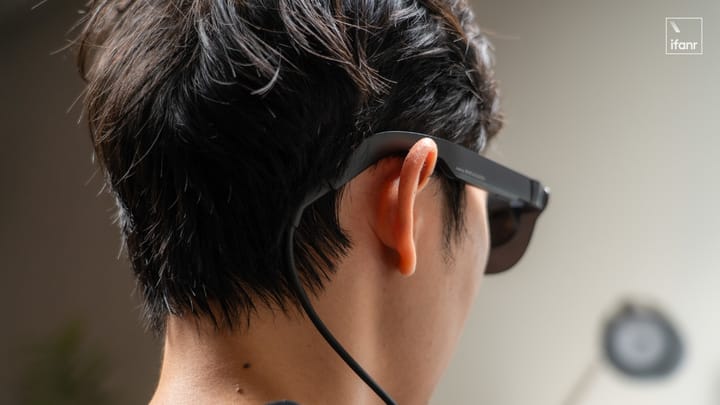
3. Compatibility (Switch 2)
Nintendo avoids “one-cable” solutions. The Air 4 Pro + JoyDock:
- Activates TV Mode on Switch 2
- Extends battery life
- Enables full-powered gameplay
Note: In TV Mode, Joy-Cons must be detached; keeping them attached causes system errors.
---
Comfort & Latency Considerations
Playing with AR glasses reduces neck strain by limiting head-down posture — perfect for long desk workers.
Latency:
- USB-C direct connection keeps delays low
- Still not perfect for fighting or rhythm games
- Great for ACT or RPG genres
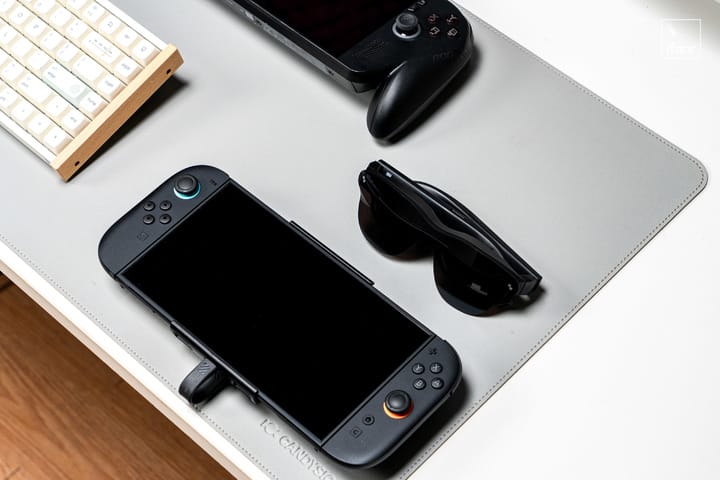
---
Verdict: A Practical "Head-Worn TV"
For handheld gamers, the Air 4 Pro is:
- Not a replacement for the handheld screen
- A comfortable, immersive second display
Use cases:
- Playing in bed at hotels
- Avoiding cramped posture on flights
- Flexibly gaming at home
Compared to earlier “pocket TV” concepts, this generation is truly portable. With HDR, surround sound, and image processing, Thunderbird has brought certain TV-exclusive experiences into AR glasses — that’s its real edge.
Wearing a TV on your head may not be the future, but it’s certainly practical.
---
For Content Creators
Creators exploring AR/AI-powered content can benefit from platforms like AiToEarn官网:
- Generate AI-driven content
- Publish across multiple major platforms
- Monetize seamlessly
- Access open-source support, analytics, and model rankings
Documentation: AiToEarn文档
This makes sharing immersive AR gaming experiences simpler and more rewarding — whether for reviews, impressions, or creative showcases.



